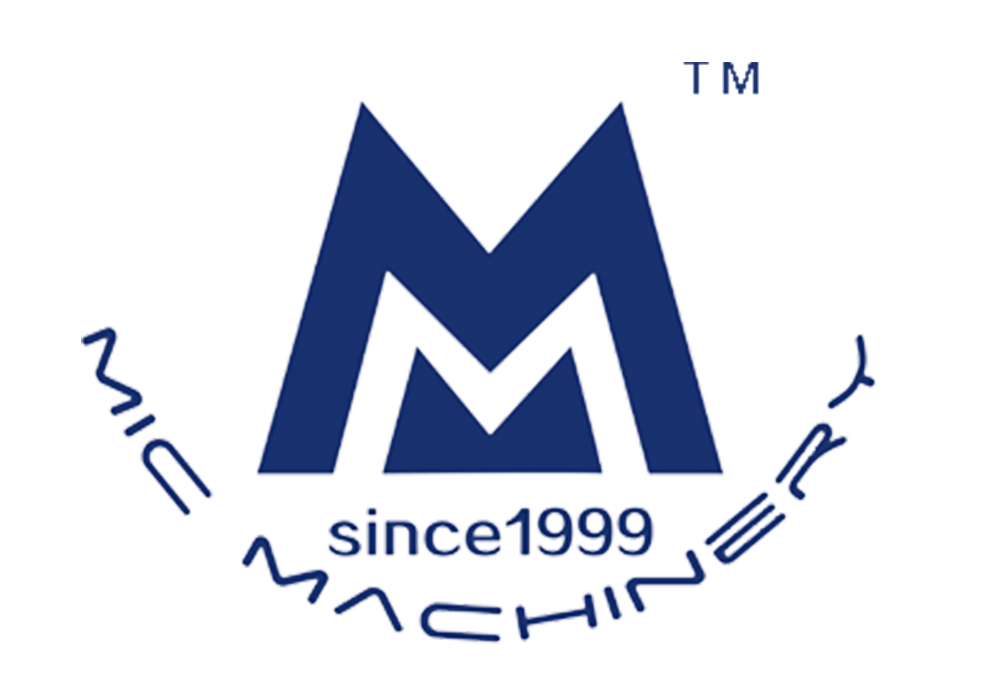What Is Lipstick Made Of?
The perfect lipstick shade is more than just color, it incorporates complex chemistry, engineering. So have you ever wondered how lipstick is really made? Let's lift the veil of mystery and come together to explore the fascinating and sometimes controversial world of lipstick.
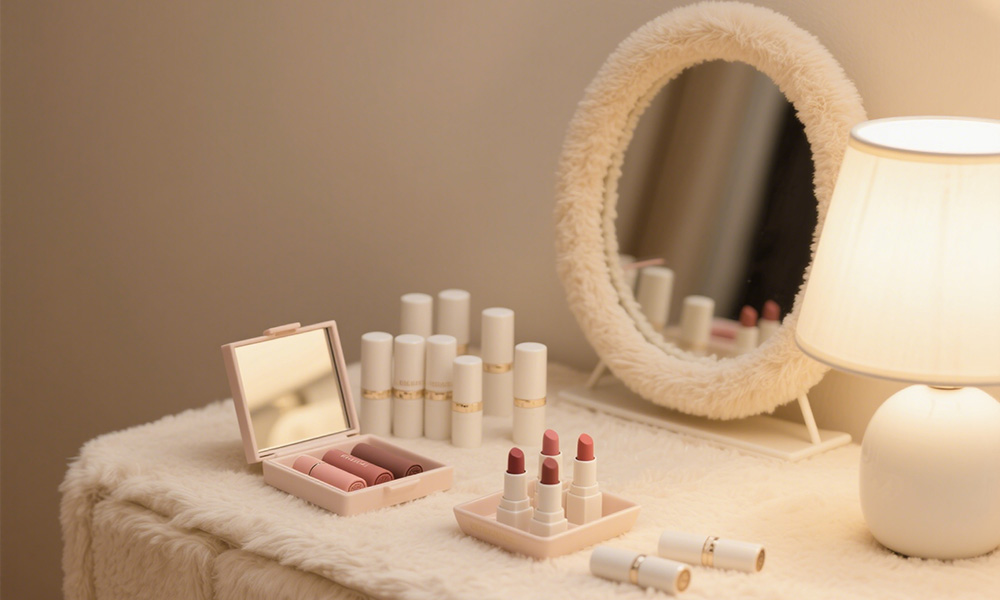
The Core Ingredients: Building Blocks of Lipstick
A lipstick's formula is a meticulous balance of waxes, oils, pigments, and additives, each serving a specific role in texture, color, and performance.

Candelilla Wax: A vegan alternative from the Mexican candelilla plant, it mimics the texture of beeswax without animal-derived components, often used in cruelty-free formulations at 5–10% of the formula.
Oils and Emollients: Nourishing the Lips

Pigments: The Art of Color
Iron Oxides: Natural minerals that create earthy tones like reds, browns, and blacks. They are stable, lightfast, and affordable, forming the basis of many everyday lipstick shades.
Synthetic Lakes: Created by bonding dyes to a mineral base, these pigments offer vibrant, long-lasting colors. Examples like Red 7 Lake are responsible for iconic red lipsticks.
Mica and Pearlizers: Ground minerals that add shimmer or iridescence when coated with titanium dioxide or iron oxides, used in metallic or pearlescent specialty shades.
Additives: Functional Enhancements
Talcum powder: can improve smoothness and texture, ensure smooth application during use, and evenly distribute pigments.
Silica: Absorbs excess oil in matte formulas, reducing shine and extending wear time.
Antioxidants (e.g., Vitamin E): Prevent oils from rancidifying, extending shelf life.
Fragrance Oils: Mask raw material odors, though natural options like vanilla or peppermint are preferred to avoid allergies in sensitive formulas.
The Manufacturing Process: From Lab to Lip
Creating lipstick is a precise process that blends scientific accuracy with mechanical innovation, featuring the lipstick filling machine as a key component in industrial production.
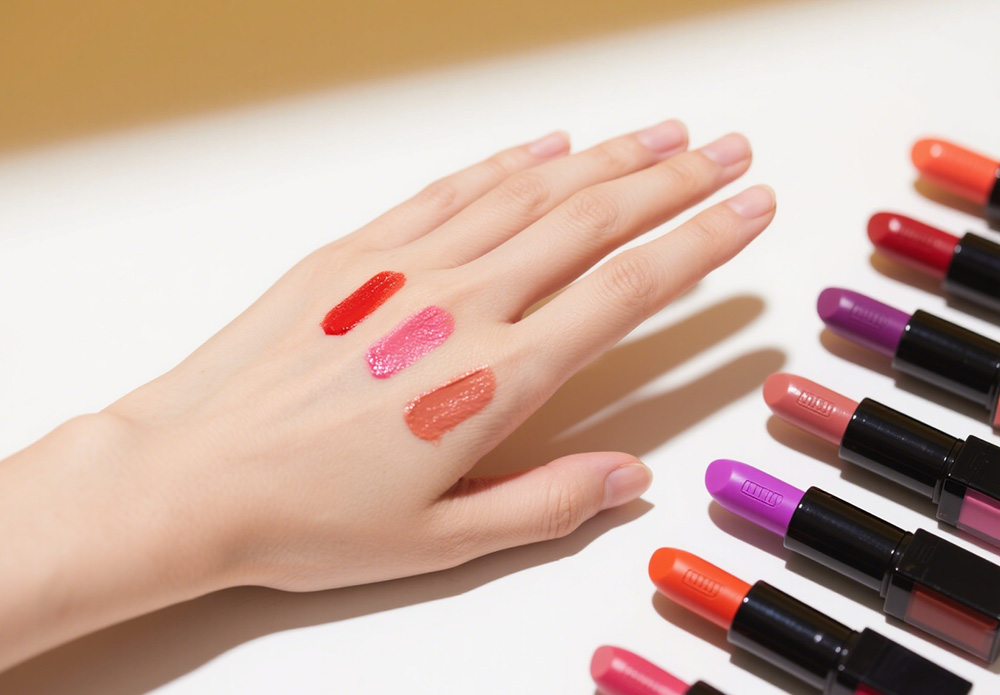
1. Formulation Design
Cosmetic chemists spend weeks perfecting formulas for desired textures (matte, glossy) and performance (long-wearing, hydrating). Ratios are calculated to the milligram, as even slight imbalances affect consistency or color payoff.
2. Ingredient Weighing
Each component is measured with high-precision scales. Pigments are pre-mixed with carrier oils to form a "masterbatch," ensuring even color distribution and preventing clumping.
3. Melting and Mixing
- Waxes melt first in stainless-steel kettles at 80–90°C, followed by oils at 70–75°C.
- High-shear mixers operate at 3,000–5,000 rpm to disperse pigments uniformly, creating a smooth, creamy mass.
4. Quality Checks
Viscosity Testing: Ensures the mixture is neither too thick (causing poor application) nor too runny (leading to shape issues).
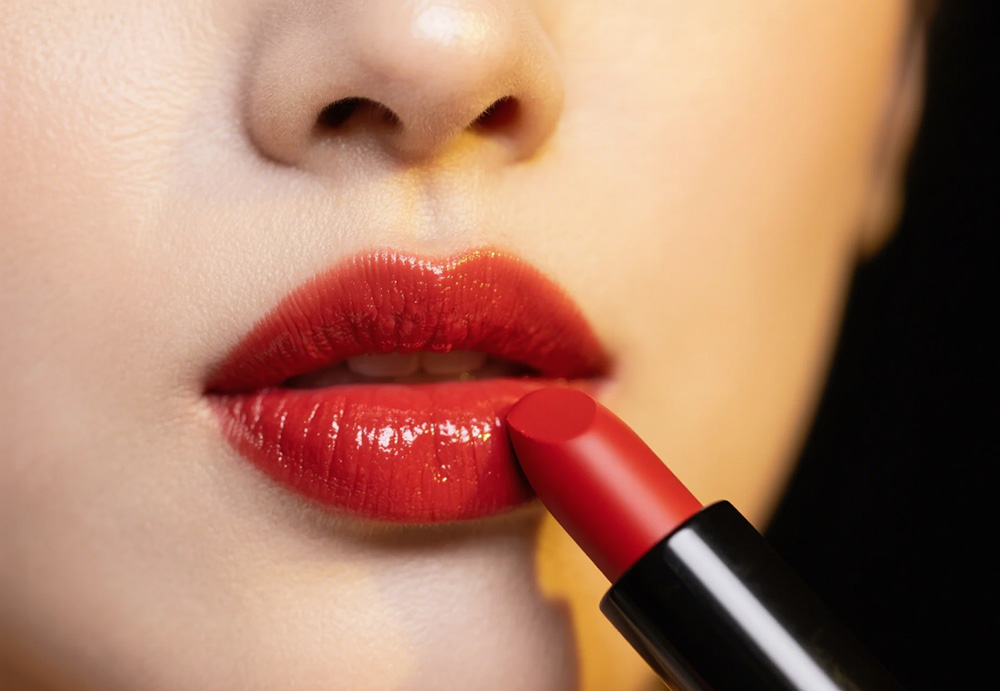
Color Matching: Samples are cooled and compared to a reference standard under standardized lighting to verify accuracy.
5. Filling and Molding with the Lipstick Filling Machine
- The molten mixture is maintained at 70–75°C and transferred to the
lipstick filling machine.
- The machine uses piston pumps to dispense precise volumes (3–4 grams) into metal molds, eliminating air bubbles via vacuum pressure.
- Molds enter a cooling tunnel (10–15°C) for 5–8 minutes, solidifying the lipstick before demolding. Reject rates for flawed bullets are kept below 2%.
6. Casing and Packaging
- Solidified bullets are inserted into tubes via robotic arms, labeled with ingredients and shade names, and inspected for surface defects.
- High-end brands may shape the bullet tip for precise application, while eco-friendly brands use refillable metal cases to reduce waste.
Lipstick Generation Controversy
The industry faces ongoing debates over safety, ethics, and environmental impact:
Heavy Metals and Toxicity
- Trace lead and cadmium in pigments raise concerns, though most products meet regulatory limits (e.g., <1 ppm lead). Cumulative daily ingestion remains a consumer worry.
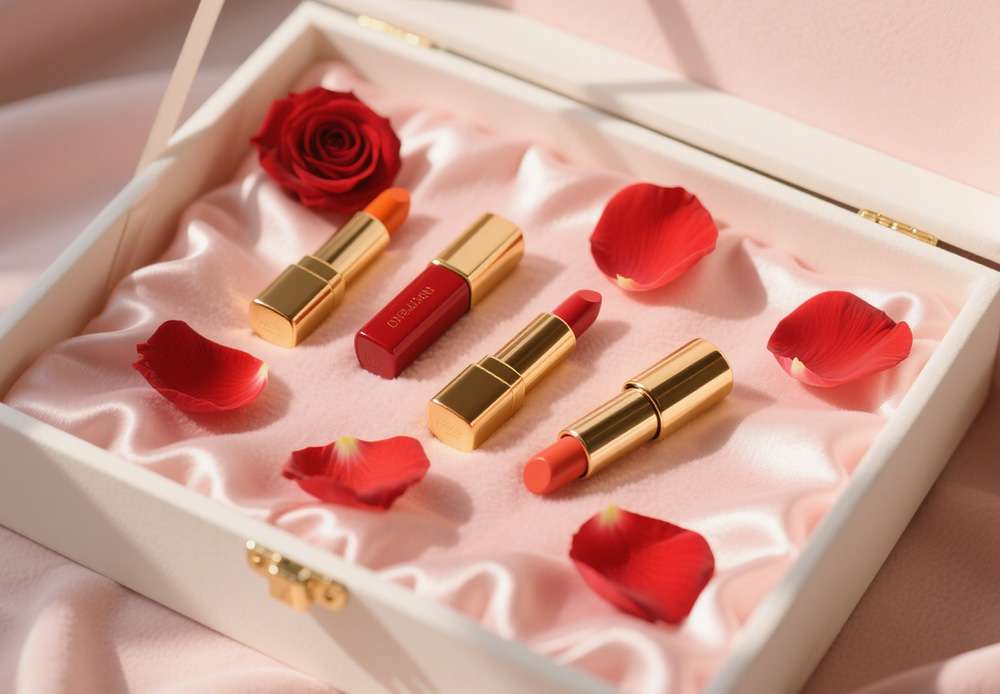
- Phthalates and formaldehyde-releasing preservatives are banned in the EU but persist in some regions, driving demand for "clean" formulations.
Animal Testing and Ethical Ingredients
Carmine: A red pigment from crushed cochineal insects, sparking vegan advocacy. Brands like Pacifica use synthetic red lakes instead.
Animal Testing: Some markets still require animal testing, forcing brands to choose between ethics and market access. Cruelty-free certifications like Leaping Bunny are increasingly prioritized.
Environmental Impact
Packaging Waste: Mixed-material tubes are hard to recycle. Refillable systems (e.g., Pat McGrath’s reusable cases) and bioplastics aim to reduce waste.
Palm Oil: Unsustainable palm plantations contribute to deforestation. Brands seek RSPO-certified suppliers or avoid palm-derived ingredients.
Labor Practices
- Raw material supply chains, like mica mining in India, have faced labor abuse allegations. Transparent brands publish traceability maps and conduct third-party audits.
Lipstick’s creation is a testament to human ingenuity, blending chemistry, engineering, and ethical responsibility. From beeswax hives to the precision of a lipstick filling machine, every step influences its safety and performance. As consumers demand transparency, the industry evolves—replacing controversial ingredients, adopting sustainable packaging, and prioritizing ethical sourcing.
